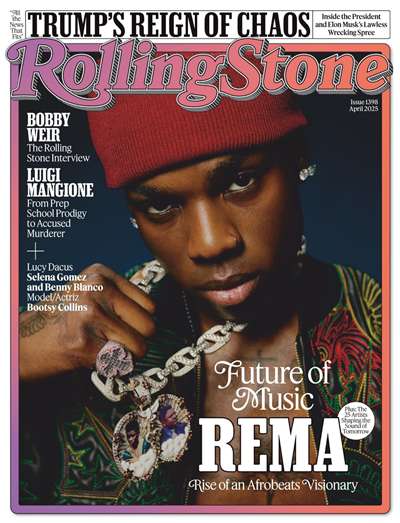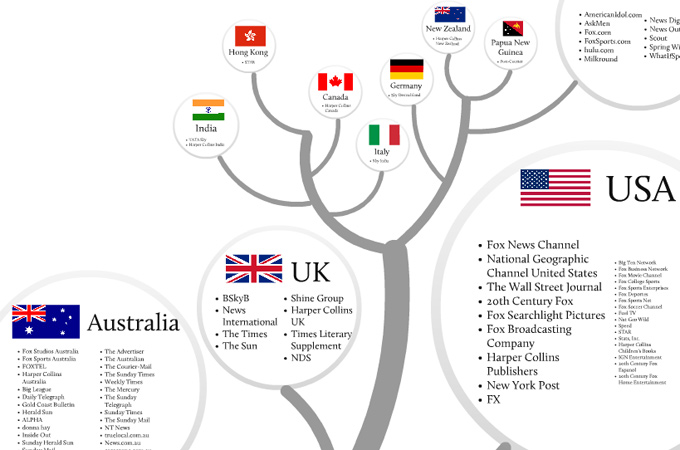CHOMSKY’S 5 FILTERS
Ownership: Mass media firms are big corporations and are often part of even bigger conglomerates, their goal is profit and they will push for whatever guarantees that profit.
Advertising: The second filter exposes the role of advertising. As media costs a lot more then consumers pay, advertisers fill the gap and pay for audiences.
The Media Elite: The establishment manages the media through the third filter. Elite news companies have the resources to ease the news-gathering process.
Flak: Flak refers to the negative commentary to a new story or journalist. Flak includes lawsuits, complaints, petitions, and government sanctions.
Anti-Communism and Fear: This filter still operates; it mobilizes the population against a common enemy (terrorism etc) while demonizing opponents.









